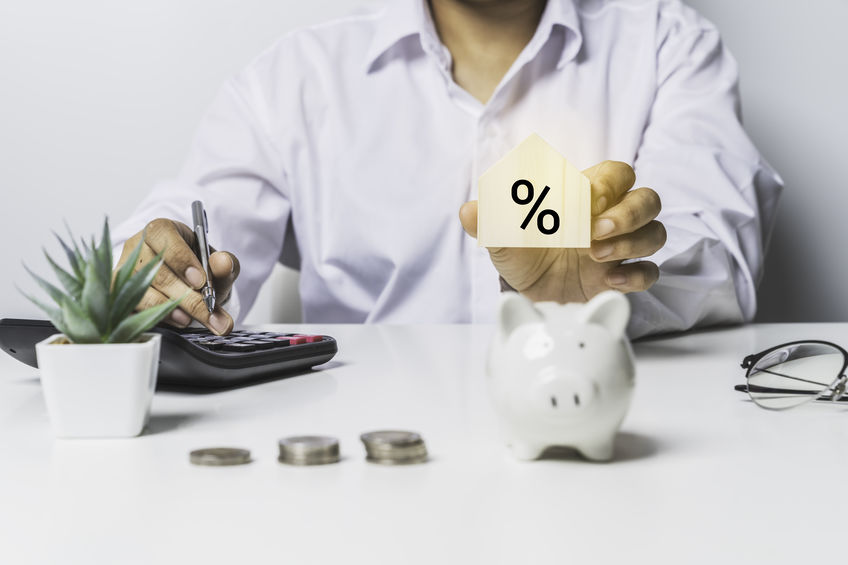Everything Homeowners Need To Know About Down Payments
 Buying a house is an exciting time, but homeowners also need to make the best financial decision to meet their needs. One of the biggest decisions potential homeowners will face is how much money to put down.
Buying a house is an exciting time, but homeowners also need to make the best financial decision to meet their needs. One of the biggest decisions potential homeowners will face is how much money to put down.
A down payment is the amount of money that homeowners pay upfront when they purchase a home. Many homeowners believe they need to put down 20 percent; however, this is not always the case. What do homeowners need to know about putting a down payment on a house?
20 Percent Is Not Always Required
The reason why homeowners often believe they need to put down 20 percent is that lenders will often require a 20 percent down payment to avoid paying PMI. PMI stands for private mortgage insurance. If a homeowner puts down less than 20 percent, the lender takes on significant risk if the homeowner defaults. Therefore, the lender may require the homeowner to purchase PMI to protect the lender against the risk of default.
Homeowners might be able to secure a loan with 10 percent down if they are willing to pay PMI. First-time home buyers might be able to secure a home loan with as little as 3.5 percent down if they go with an FHA loan.
The Relationship Between Down Payments And Interest Rates
Homeowners might want to put down more money to earn a lower interest rate. Securing a lower interest rate could save homeowners tens of thousands of dollars over the life of the loan. If homeowners put down more money, the lender doesn’t take on as big of a risk. Therefore, the lender might be willing to charge a lower interest rate.
Work With A Professional
Ultimately, the size of the down payment is one of the biggest decisions potential homeowners have to make. It can take a long time to save up 20 percent for a home, but this is not always required. Homeowners need to know whether they need to pay PMI if they do not put 20 percent down, and they need to understand how the size of the down payment will impact the interest rate on a loan. It is a prudent idea to consult with a professional when deciding how much money to put down for a house.

 Many first-time homebuyers are having a difficult time finding the right purchase. Therefore, a new trend is catching on. Some people are renting in the city, where property values are more expensive. Then, they buy a vacation home in the suburbs. Is it smart to buy a second home as a first home?
Many first-time homebuyers are having a difficult time finding the right purchase. Therefore, a new trend is catching on. Some people are renting in the city, where property values are more expensive. Then, they buy a vacation home in the suburbs. Is it smart to buy a second home as a first home?  The Federal Open Market Committee of the Federal Reserve said in its post-meeting statement that the Federal Reserve expects to raise its benchmark interest rate range twice during 2023. No rate changes will be made during 2022 as the economy continues to recover from the Covid-19 pandemic. The Fed’s current interest rate range is 0.00 to 0.25 percent.
The Federal Open Market Committee of the Federal Reserve said in its post-meeting statement that the Federal Reserve expects to raise its benchmark interest rate range twice during 2023. No rate changes will be made during 2022 as the economy continues to recover from the Covid-19 pandemic. The Fed’s current interest rate range is 0.00 to 0.25 percent.